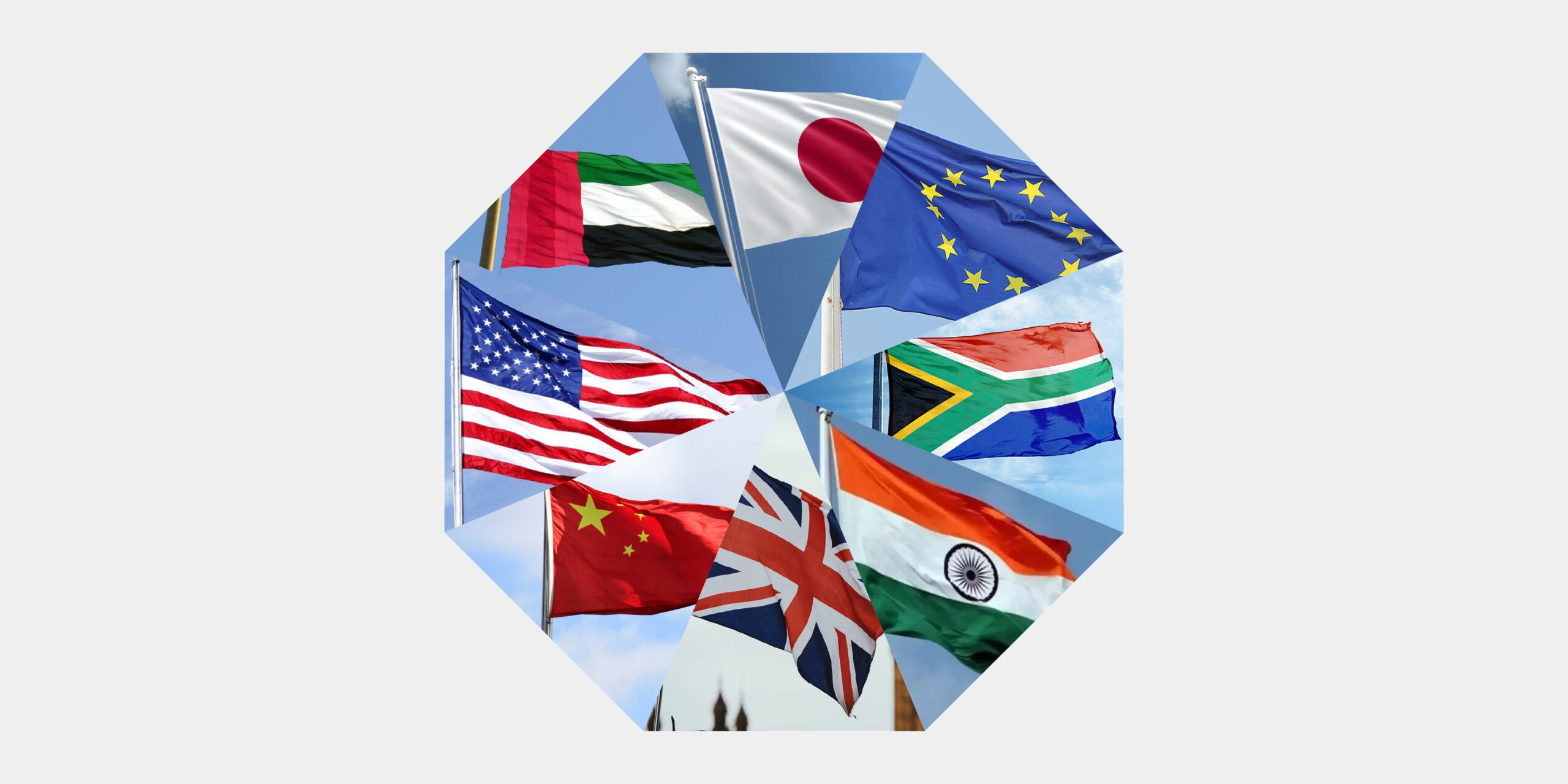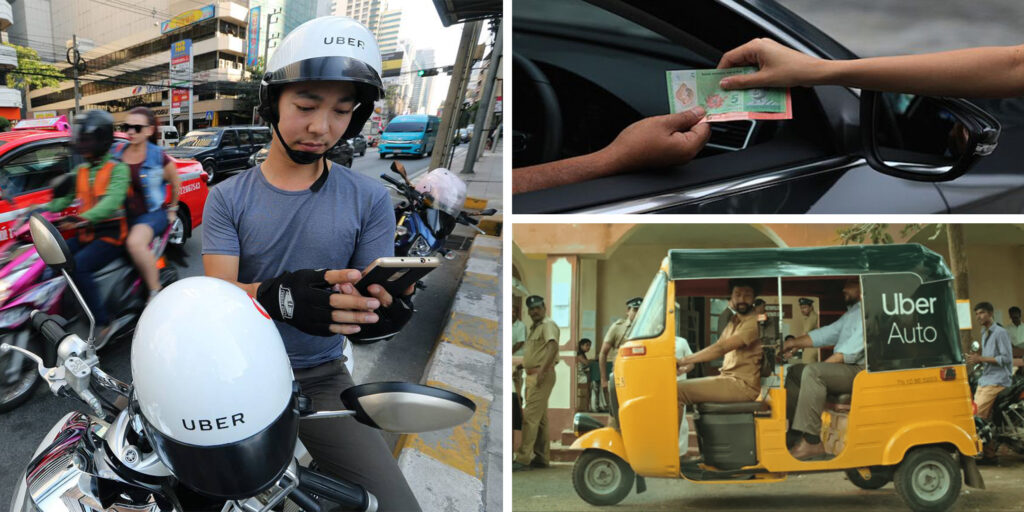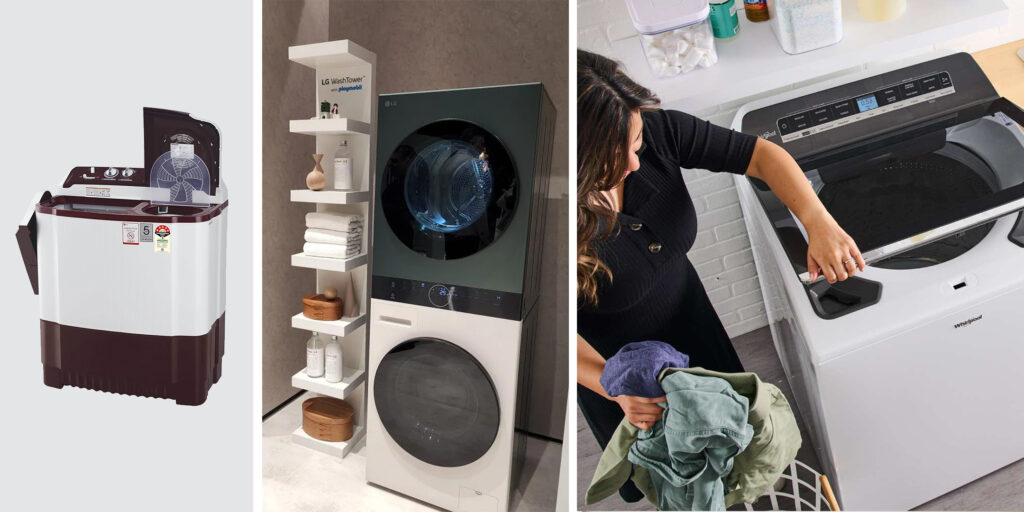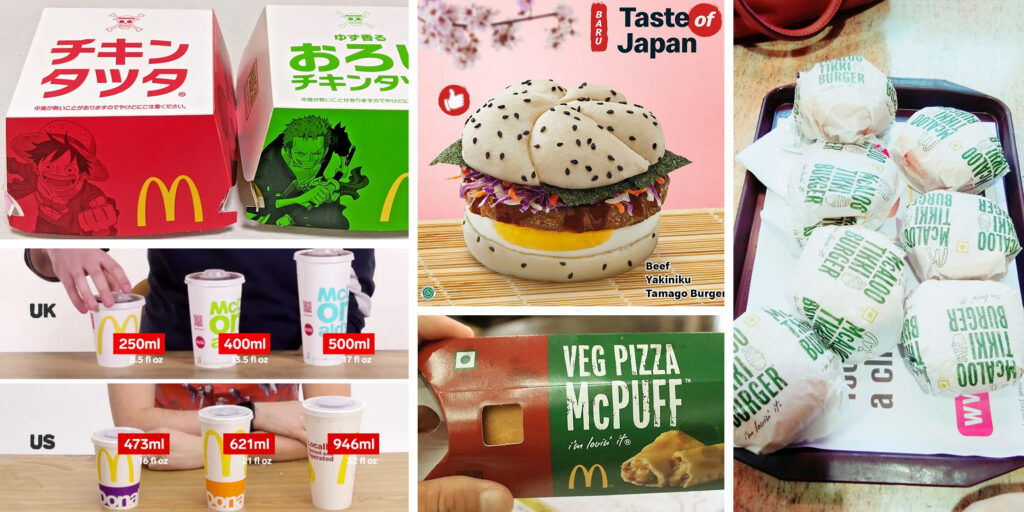Beyond Borders: Design Diversity In International Markets
Designing a product is not a one-size-fits-all task. It’s a dynamic dance that caters to each country’s unique culture, lifestyles, and belief systems. In this age of global connectivity, designers are the matchmakers of the product world, working hard to create connections with diverse audiences. But beware! A product’s success in one country doesn’t guarantee a standing ovation in another.
This article explores product design across continents, where one nation’s treasure could be another’s “What were they thinking?”. Together, we’ll explore how companies adapt their products to the rich tapestry of cultures, lifestyles, and beliefs across the globe.
Glocalization
“Globalization” plus “Localization” equals “Glocalization”- a new word to add to your design dictionary! Glocalization aims for a seamless blend of global consistency and local relevance, preserving a brand’s identity while connecting with diverse audiences worldwide. It’s a balancing act of maintaining identity while becoming a chameleon that seamlessly connects to local standards and cultural norms.
Two Ways of Entering the Global Market
Creating global products involves two main approaches: adaptation and standardization.
Adaptation: Tailoring a product to meet local needs, considering cultural and legal aspects. Manufacturers integrate local trends, sizes, packaging styles, and features, aligning with buyer expectations and diverse tastes.
Standardization: Yields a universally fitting product, reducing manufacturing costs with a single set of tools and consistent packaging. This efficiency in the production process avoids extra costs associated with multiple product versions.
Influencing Factors
Numerous factors play a role in creating a global product:
- Government Policies
- Cultural Beliefs
- Religious Beliefs
- Customer Purchasing Power
- Safety Standards
- Quality Standards
- Infrastructure
- Economy
- Language
- Climate
- Traditions
- Lifestyle
Uber, LG, and McDonald’s are three examples of companies that changed their products and business models to succeed globally.
Uber:
Uber, initially a ride-hailing service, expanded globally into food delivery and freight transport, showcasing a robust adaptation business model.
USA
Added Services –
Uber continually expands its services in the USA, introducing offerings like package delivery, carpooling, rental cars, bikes, scooters, store pickup, and grocery and food delivery.
Asia
Local Payment Options –
Uber adapts payment methods in Asia, integrating popular local options such as digital payment systems, cash acceptance, and partnerships with regional providers (for example, Paytm in India).
Product Variations –
Uber introduces service tiers or variations tailored to local preferences, offering options like motorcycle taxis (Uber MOTO) and auto-rickshaws (Uber AUTO) in specific markets.
Europe
Adapting to Government Regulations –
Uber eases tensions with European taxi drivers by complying with new regulations, requiring commercial licenses for drivers. This adaptation has increased product adoption, with Uber now holding a larger share of the market’s taxi business.
Environment Friendly –
In Europe, Uber aligns with strict environmental policies, incentivizing vehicles with low carbon emissions.
Middle East
Convenience Luxury –
Uber introduces Smart Itineraries in Saudi Arabia, enabling users to sync Gmail itineraries with the app for a coordinated experience of rides with flights, hotel reservations, and restaurant bookings.
LG:
LG is one of the top global home appliance brands, and it excelled when it adapted its washing machines for different countries.
USA
Larger Capacity –
LG washing machines in the USA cater to larger laundry loads, addressing the typical needs of American families.
Asia
Diverse wash cycles –
In India, LG offers washing machines with diverse wash cycles to accommodate popular textiles and local laundry practices.
Semi-Automatic Machines –
LG provides affordable semi-automatic machines for those unable to invest in high-priced automatic models.
Premium and Compact –
To address the preferences of consumers living in smaller spaces, LG offers durable, tasteful, and compact washing machines in Korea and Japan.
Europe
Energy Efficient –
LG washing machines in Europe prioritize energy efficiency, meeting strict standards with features like lower water consumption and faster spin cycles.
Front Loading Machine –
Designed for reduced water and energy usage, the front-loading machine gains significant market demand in energy-conscious Europe.
McDonald’s:
Graphic design and packaging are essential for capturing attention and conveying brand identity. McDonald’s adeptly maintains its brand identity while catering to local audiences.
USA
Drive Through –
McDonald’s positions itself as a fast, affordable Grab-and-Go option in the USA, leading to an increased number of Drive-Thru locations.
Asia
Pricing Point –
In Japan, McDonald’s menu items are priced comparatively higher, reflecting its status as a more upscale dining option among Japanese consumers.
Collaboration –
McDonald’s in Japan frequently partners with anime and manga franchises, aligning with the Japanese market’s deep affection for pop culture.
Changing menus –
McDonald’s in India offers a unique range of vegetarian options, with separate menus for North-East and South-West India.
Europe
Quality Standards –
The EU restricts certain additives and growth hormones that may be used elsewhere. For instance, Azodicarbonamide, banned in the EU, was still used in products sold in the US until 2016.
Portion Size –
Portion sizes are relatively smaller in the EU compared to the United States, aligning with a preference for a healthier lifestyle.
What Can We Learn Around The World?
Acknowledging the differences found in the global product landscape enhances product marketability, makes companies more culturally sensitive, and fosters a deeper connection between consumers and brands. In a world that feels like it’s shrinking due to technological advancements, the future of product design lies in celebrating and harmonizing with the diversity that makes our global community vibrant and unique. Glocalization offers a way to maintain brand identity while connecting with diverse audiences worldwide.




 Top
Top
